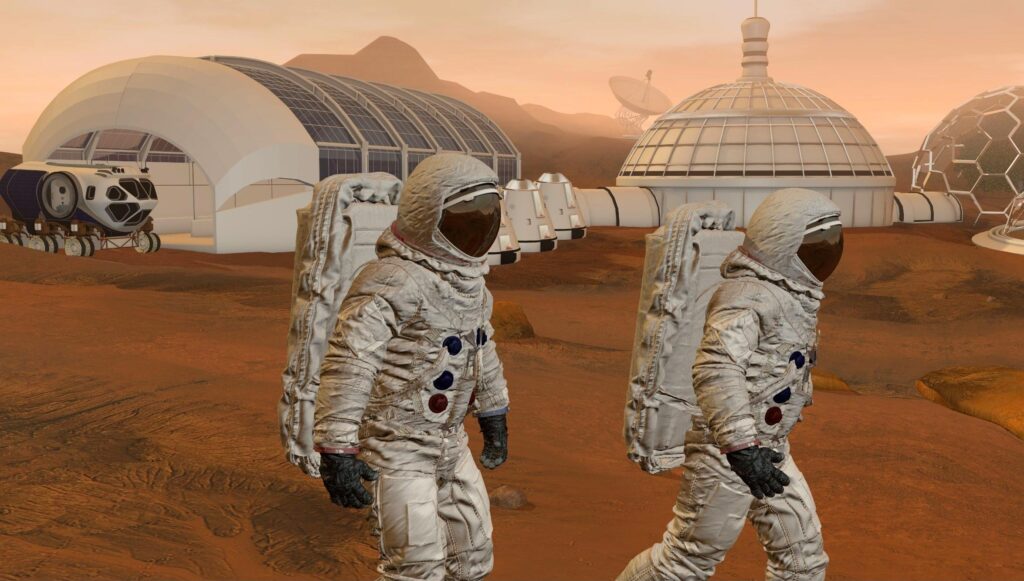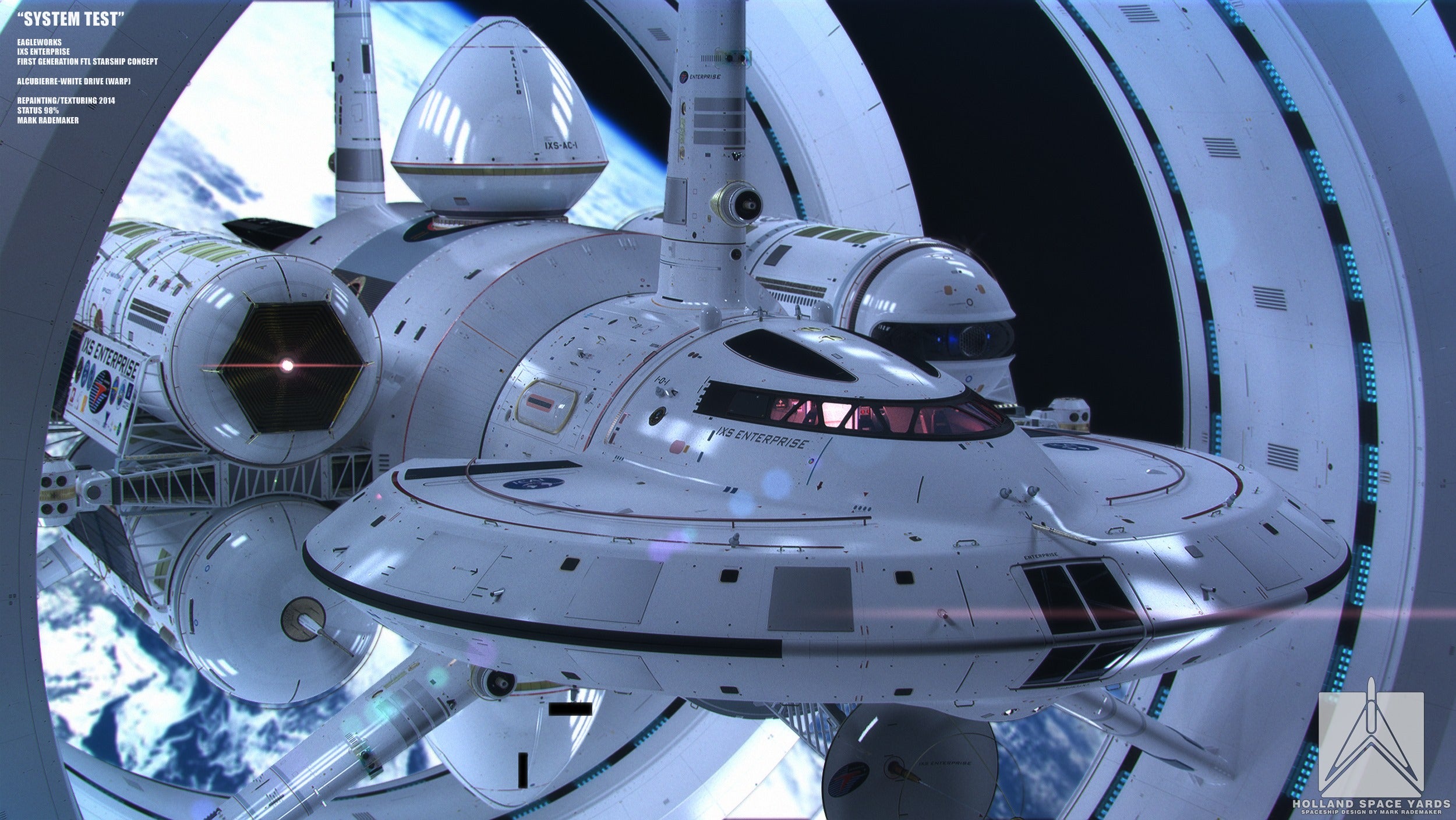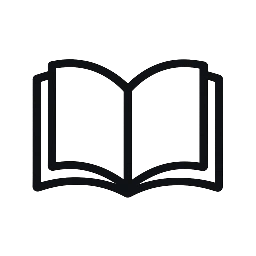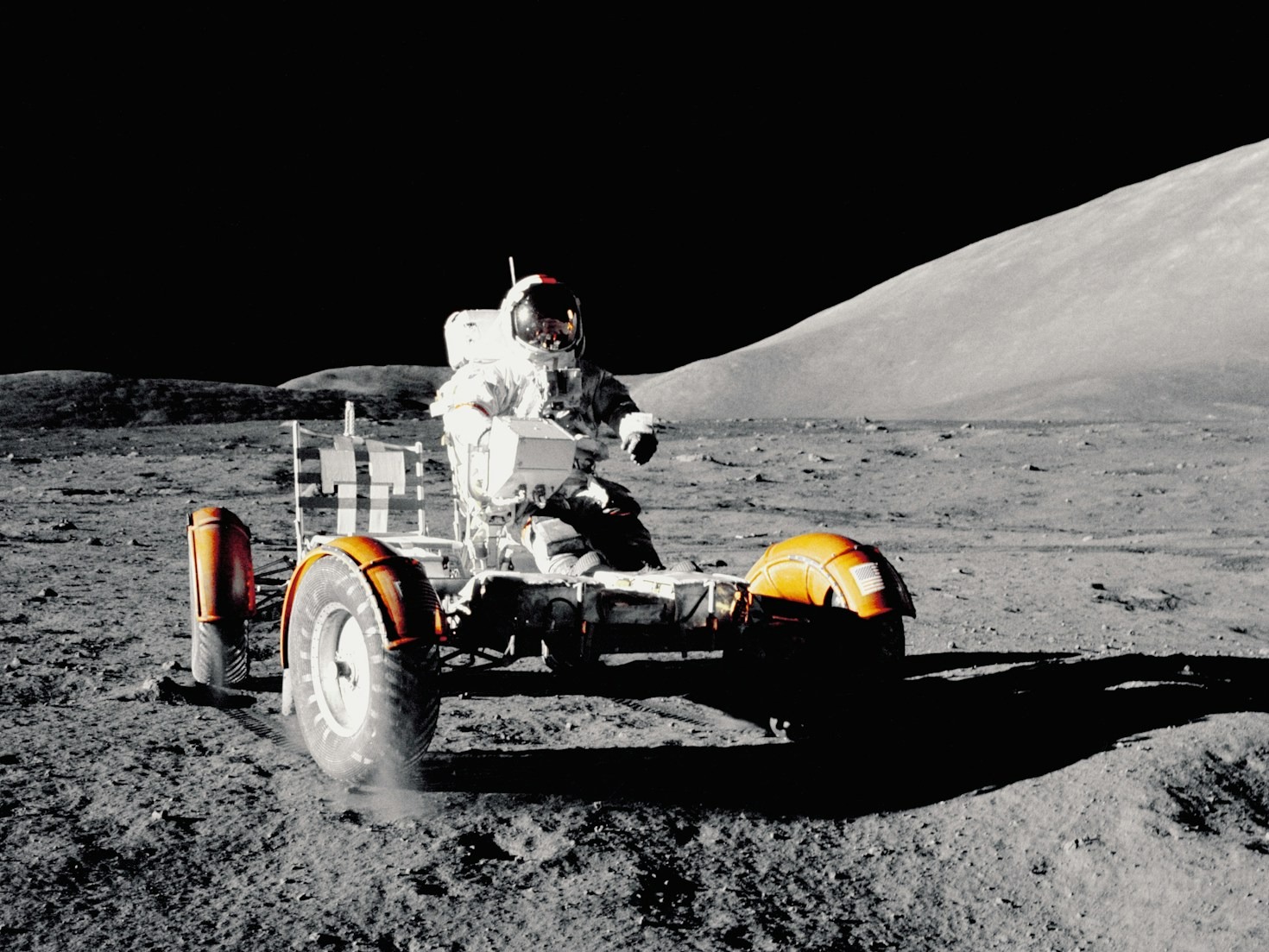Does reality shape science fiction or does science fiction shape reality? Current events in the news chronicle advances in artificial intelligence, genetic breakthroughs, space exploration, and more. Much of these incredible achievements were foreshadowed by science fiction writers.
Science fiction has a long history of anticipating events and technologies that later became reality, often inspiring real-world innovation. These predictions range from communication devices and artificial intelligence to space travel and medical advances. How to integrate current events starts with understanding how other authors have used technology in their works to make their science fiction more realistic.
Some of these technologies include the flip-style communicator used by Captain Kirk in the 1960s TV series Star Trek, which predated the first mobile flip phones. Video conferencing was a common feature in many science fiction works, including the 1960s cartoon The Jetsons, Stanley Kubrick’s film 2001: A Space Odyssey (1968), and the 1982 film Blade Runner. The chillingly intelligent and voice-controlled computer HAL 9000 from 2001: A Space Odyssey foreshadowed modern virtual assistants like Siri and Alexa. The 1980 film The Empire Strikes Back showed Luke Skywalker receiving a bionic hand, and the 1970s TV show The Six Million Dollar Man featured bionic implants. William Gibson’s 1984 novel Neuromancer popularized the term “cyberspace” and envisioned a vast, interconnected digital network, long before the World Wide Web became widespread. The list goes on and on.


“Everything’s science fiction until someone makes it science fact. “
Ray Bradbury
My Favorite Sci-fi Show
Current events don’t have to revolve around technology. Science fiction can address ideologies too. As a boy, and as an adult now, I loved Star Trek. The original series, or TOS to fans, presented a hopeful future, where the “ism’s” that plague mankind were eradicated: racism, sexism, nationalism, materialism, and pessimism. Its creator, Gene Roddenberry, showed us the endless possibilities of a united human race.
Keeping up to date with current events in the world can provide the foundation for a science fiction story. Roddenberry used every episode of Star Trek to explore a moral or social issue, most of which were being addressed in reality during his time. It was one of the many things that drew people to the show.
How has it and other science fiction works shaped current events and vice versa?


Leave a Reply